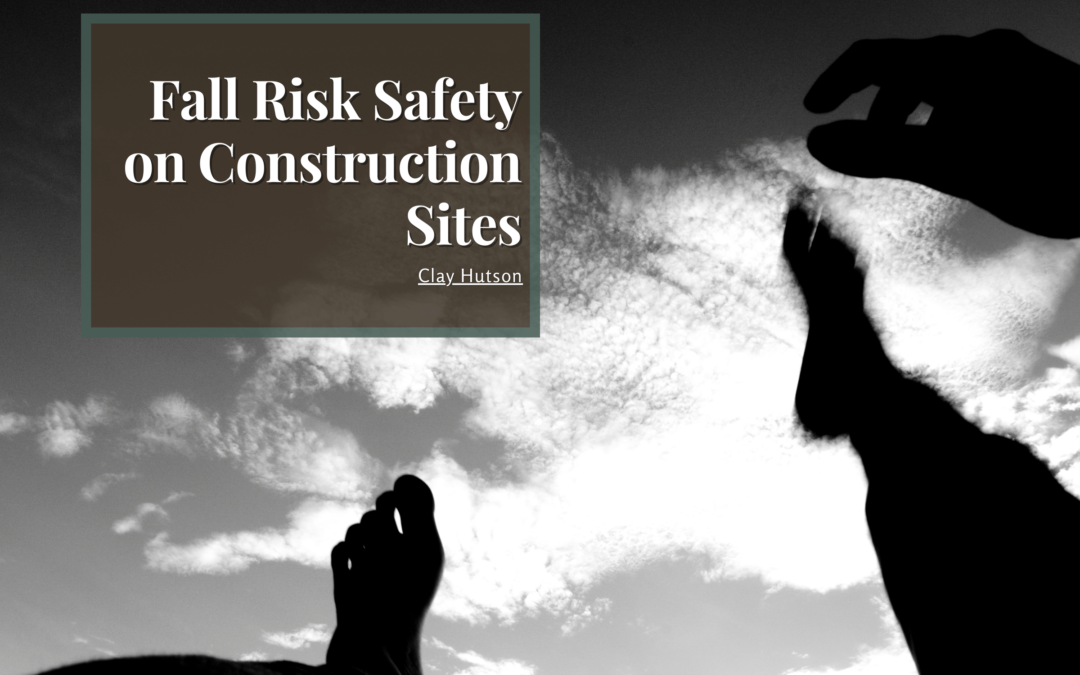Many slips and falls are preventable, and construction workers must be prepared for all accidents before they occur. From old machinery to icy platforms, there are certain conditions that increase the risks throughout the year. There are safety guidelines that they all must follow to reduce their risks of falls.
Hold a Safety Briefing
At the beginning of each shift, the leader should hold a daily briefing to go over the day’s work tasks. Everyone should discuss the necessary safety equipment and techniques to perform. Each briefing lasts an average of 5 to 10 minutes and only requires an input from the leader.
Fall Risk Safety on Construction Sites
Construction equipment is more dangerous when it’s not maintained regularly. The most cautious workers suffer from extreme falls and injuries when they work on old, rundown equipment. It’s necessary to schedule maintenance work only once a year to maintain the safety of your construction site. Construction workers can perform some maintenance tasks themselves, such as pressure washing the machinery that the use every day.
Fall Risk Safety on Construction Sites
Most construction workers are allowed to avoid working in detrimental weather conditions. However, they may be required to work when it’s excessively cold or windy outside. When it’s excessively windy, they face long falls while working on tall platforms at great heights. When it’s very cold, they risk slipping on icy platforms. It’s beneficial to have the construction site shut down when the weather conditions become too dangerous.
Do Not Climb Too High
Another tip is to avoid climbing too high on platforms in general. The higher up the worker goes, the more injurious the fall becomes and the more liability the company has. Workers should have maximum limits on the number of feet that they ascend on a scaffold. Supervisors should give the most dangerous tasks to the most experienced workers and inspect scaffolding equipment before it’s used
Waiting until a construction worker becomes injured is not necessary to maintain safety on a construction site. It takes years of preplanning to prepare workers and prevent accidents before they occur. They need the type of knowledge that’s only found in a detailed strategic plan that includes safety briefings, OSHA training guidelines and regular equipment maintenance.
